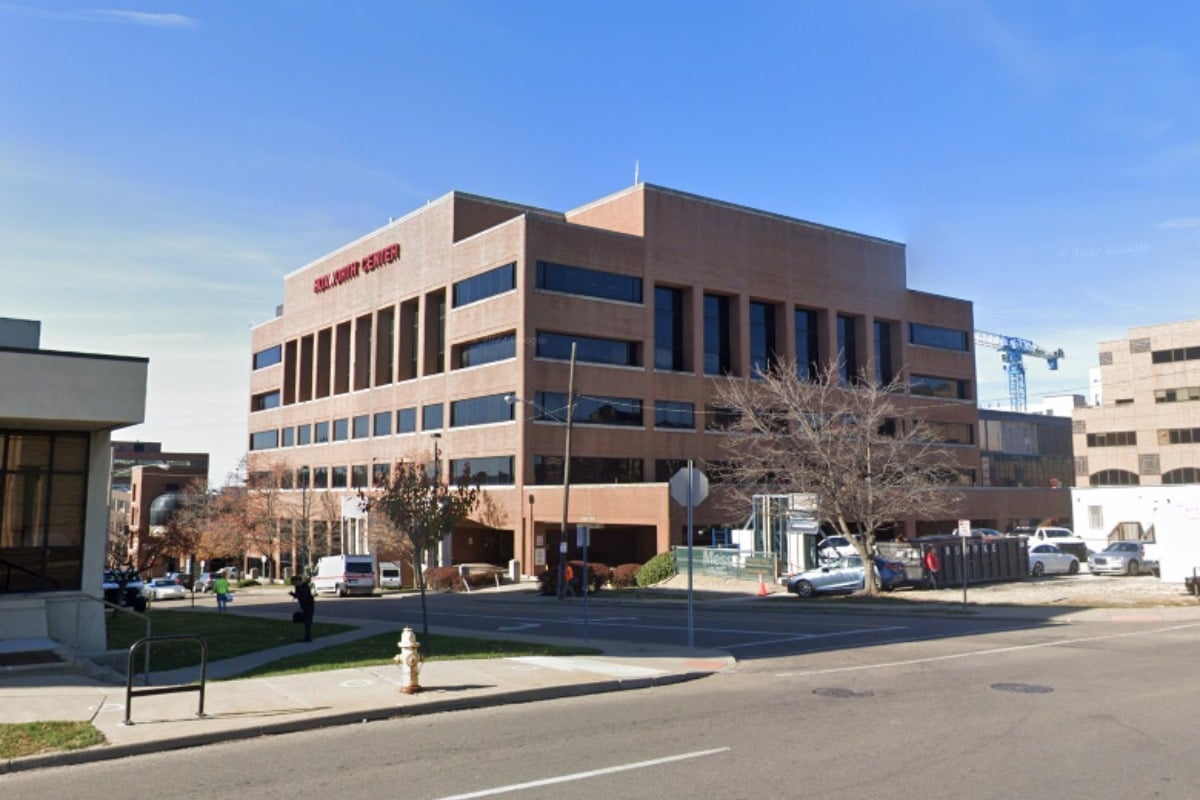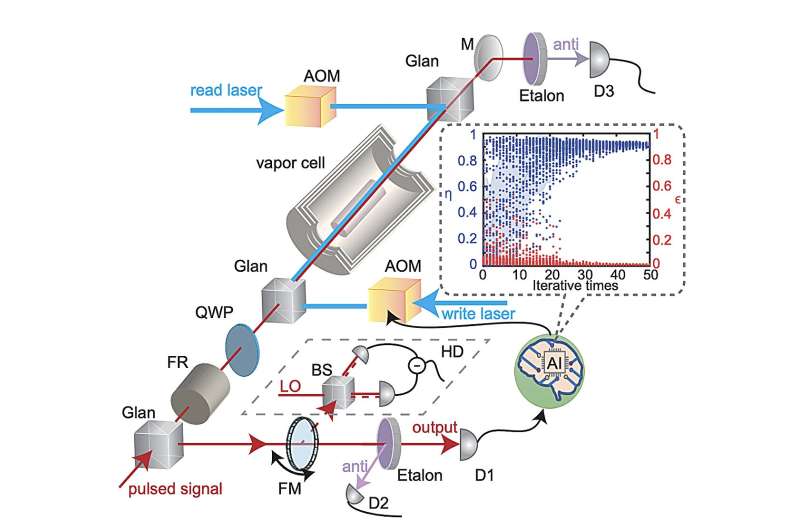The University of Cincinnati Cancer Center’s Blood Cancer Healing Center (BCHC) officially commenced patient treatments in July 2024, establishing a national standard for integrated, patient-centric healthcare design. The center exemplifies how thoughtful architecture and construction can enhance patient care and support ongoing research efforts.
Planning for the BCHC began in June 2021, transforming the former Shriners Hospital into a comprehensive facility dedicated to blood cancer treatment. The project faced challenges during its three years of development but ultimately unified various aspects of cancer care under a single roof. The goal was to integrate patient care with research, education, and training—key elements in advancing treatment outcomes.
Collaborative Design for Enhanced Patient Experience
The BCHC brings together critical stakeholders, including the Cancer Center, UC Health, architectural firm Champlin | EOP, and construction company Skanska. In recent discussions at both the Healthcare Facilities Symposium & Expo and the Healthcare Design Expo + Conference in Kansas City, representatives highlighted the journey of the project and its impact on patient care.
Prior to the redevelopment, important contributors to cancer care, such as patients, physicians, educators, survivors, and researchers, often operated in isolation. This lack of synergy limited opportunities for collaboration and knowledge sharing. By centralizing these functions, the BCHC fosters a more cohesive and supportive environment.
Now, the facility is designed to facilitate interactions between various healthcare disciplines. For example, the proximity of different departments means that a simple elevator ride can connect patients with their care teams, researchers, and educators. This layout aims to enhance communication, build relationships, and create a sense of community that benefits both patients and healthcare professionals.
Focus on Innovation and Research
With the addition of new research and integrative health spaces expected to be completed this season, the BCHC is poised to further stimulate advancements in blood cancer treatment. The design philosophy emphasizes collaboration across disciplines, promoting innovative approaches to care that could lead to improved outcomes for patients.
As the BCHC continues to evolve, its model of patient-focused design stands out as a benchmark for future healthcare facilities. The project not only prioritizes the immediate needs of patients but also sets the stage for ongoing research and education that is crucial for long-term advancements in cancer treatment.
The University of Cincinnati Cancer Center is leading the way in reimagining how healthcare can be delivered, demonstrating that thoughtful design and construction can significantly enhance patient experience and outcomes in the fight against blood cancer.







